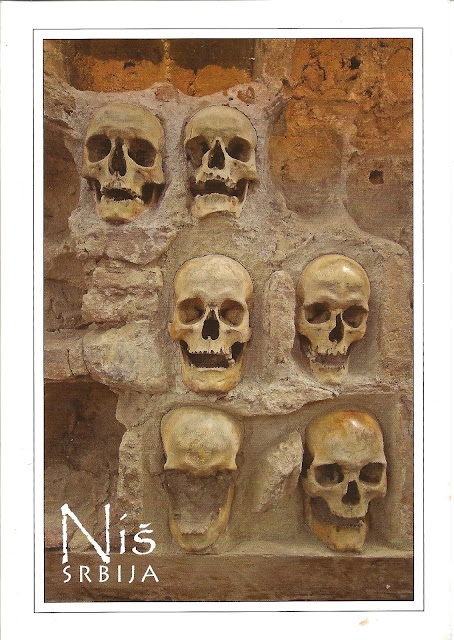Leaning Tower of Pisa
Humans make mistakes, after all, no human is perfect. One mistake made in the 11th century resulted in a 14,500 ton leaning tower. This miscalculation would later become a symbol of civic pride, but tell that to the man who designed it!
The learning tower of Pisa, known as Torre Pendente di Pisa in Italian, is different than most medieval architecture. This particular section won't cover the highly advanced construction techniques that were used, it is important to mention how this tower's design is significant.
The Leaning Tower is the third oldest building on Pisa's Piazza del Duomo (cathedral square), the Cathedral and Baptistry were first.
Utilizing many columns and archs, this tower represents an advanced understanding of weight and load characteristics, showing the Italian architectures' knowledge.
What the architect didn't account for however, was the base of the tower being built on a dense section of clay.
Experts say the famous tower at Pisa will lean for at least another 200 years. It may even stay upright well, almost upright forever. That's all thanks to a restoration project, which brought the tower back from the brink of collapse a decade ago.
Restoration work undertaken from 1999 to 2001 stabilized the tower. Engineers placed weights on the structure's north end, while at the same time extracting soil from below, causing it to slowly sink back in that direction.
The Leaning Tower of Pisa still leans south, but now it does so at just 3.99 degrees. Barring a large earthquake or other unforeseen catastrophe, engineers believe it will stay put for at least a few hundred years.




Comments
Post a Comment